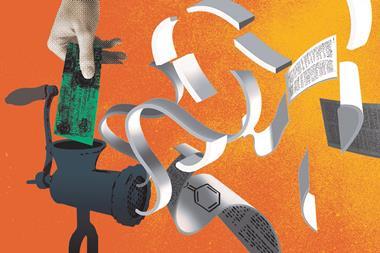A new analysis of the ‘obsolescence’ of research papers across different fields shows that, on average, chemistry papers have shorter lifetimes than those in physics.
Pablo Dorta‑González and Emilio Gómez‑Déniz from the University of Las Palmas de Gran Canaria, Spain, analysed the references in almost 23,000 papers published in 2019 across eight different areas of research. In total, the articles cited almost 900,000 different studies from the last 150 years.
Dorta‑González and Gómez‑Déniz wanted to understand the citation patterns across different disciplines and, in particular, how much time passes before papers stop receiving new citations.
Perhaps unsurprisingly, papers in history journals had the highest proportion of references to older journal articles. In history papers from 2019, more than 41% of references were to studies more than 20 years old, while 10% of citations relate to articles more than 50 years old.
In chemistry, just 11% of citations were to articles that are over 20 years old. This is less than half the rate seen in physics, where a quarter of references are to papers published more than 20 years earlier. Over 50 years, the survival rate for papers in chemistry is seven times lower than in physics, and around 50 times lower after 100 years.
Of the eight subject areas that Dorta‑González and Gómez‑Déniz analysed, the lowest survival rates were seen for papers in electronic engineering and medicine. Only 8% of references in electrical and electronic engineering articles, and 9% of references in medicine papers, are to studies more than 20 years old. In these disciplines, just over 0.1% of references are to papers over 50 years old, compared to around 0.4% of references in chemistry papers.
References
P Dorta‑González and E Gómez‑Déniz, Scientometrics, 2022, DOI: 10.1007/s11192-022-04359-w

















No comments yet